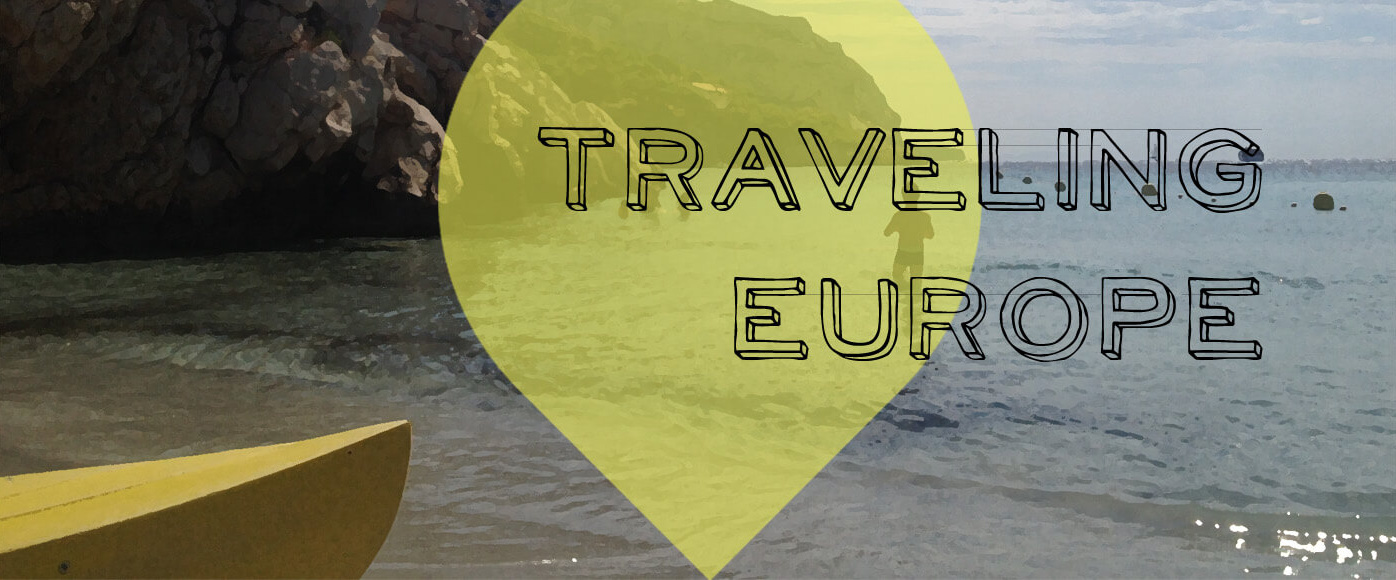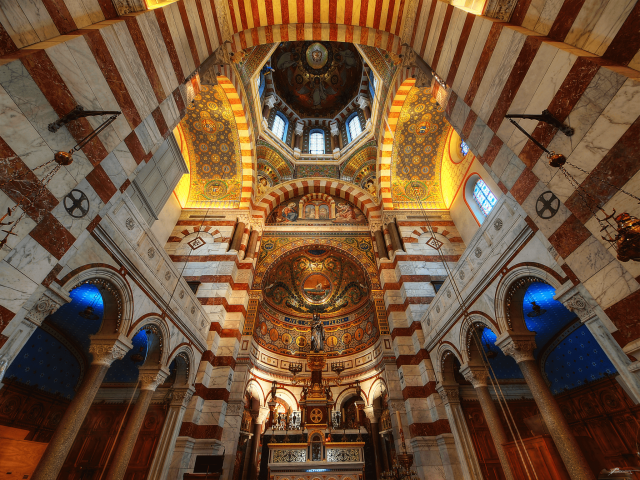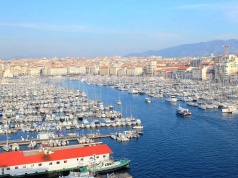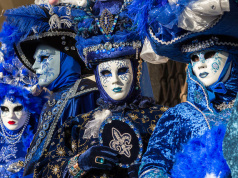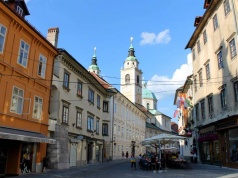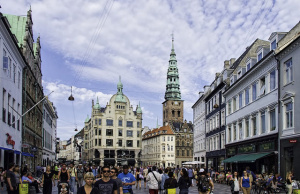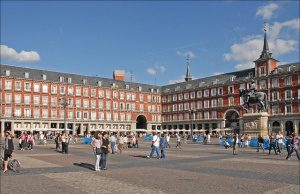One of the most iconic figures of Marseille, France is the Notre-Dame de la Garde (Our Lady of the Guard), a Neo-Byzantine church built on the highest natural elevation in the city. It sits upon its mountain top perch, looking down at the bustling city below with a watchful and protective eye, sometimes referred to at “la bonne mère” (the good mother) by the locals.
We were lucky to enter Marseille during the nighttime. Driving in on the main road, you are almost immediately confronted with illuminated outline of the church, dominating the horizon and representing a symbol of a guard, watching over the people below, while at the same time welcoming visitors with a serene and mysterious presence (hence where it’s nickname comes from).
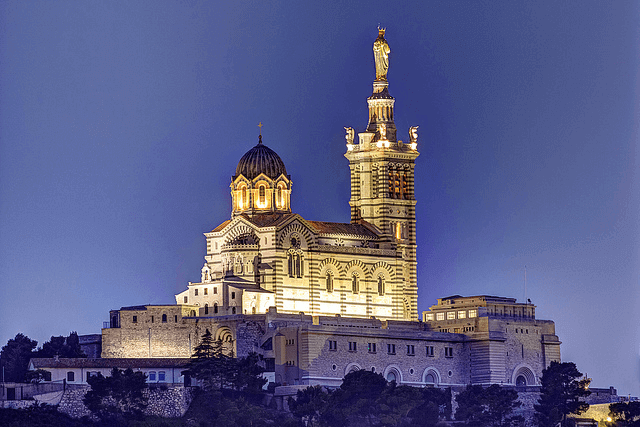
The site where the church sits today, known as Garde Hill, is 154 m tall, and has served as an observation point throughout history. A church was initially built there in 1214, where sailors would climb up to and pray for a safe voyage or pledge their gratitude for their safe return.
In 1524, the King of France, François I, feared that Marseille was not well protected from attacks. He ordered two forts to be built, one at the top of La Garde, where the chapel was, and the other on the island of If, which became the famous Chateau d’If, which was a main setting for the Count of Monte Cristo. The building of the fort on La Garde represented a unique situation where a military fortress shared the same space as a sanctuary that was open to the public.
The modern day basilica was built in 1853 and consecrated in 1864. There are two parts to the building: a vaulted low church with a crypt and a high church, with a sanctuary devoted to the Virgin Mary. One of the most recognizable features of the church is the statue of the Virgin Mary that sits on the bell tower, which stands 11.2 m tall. Looking from below, you don’t realize really how big the statue is! Each year on August 15, there is also a popular festival and pilgrimage that takes place at the site.
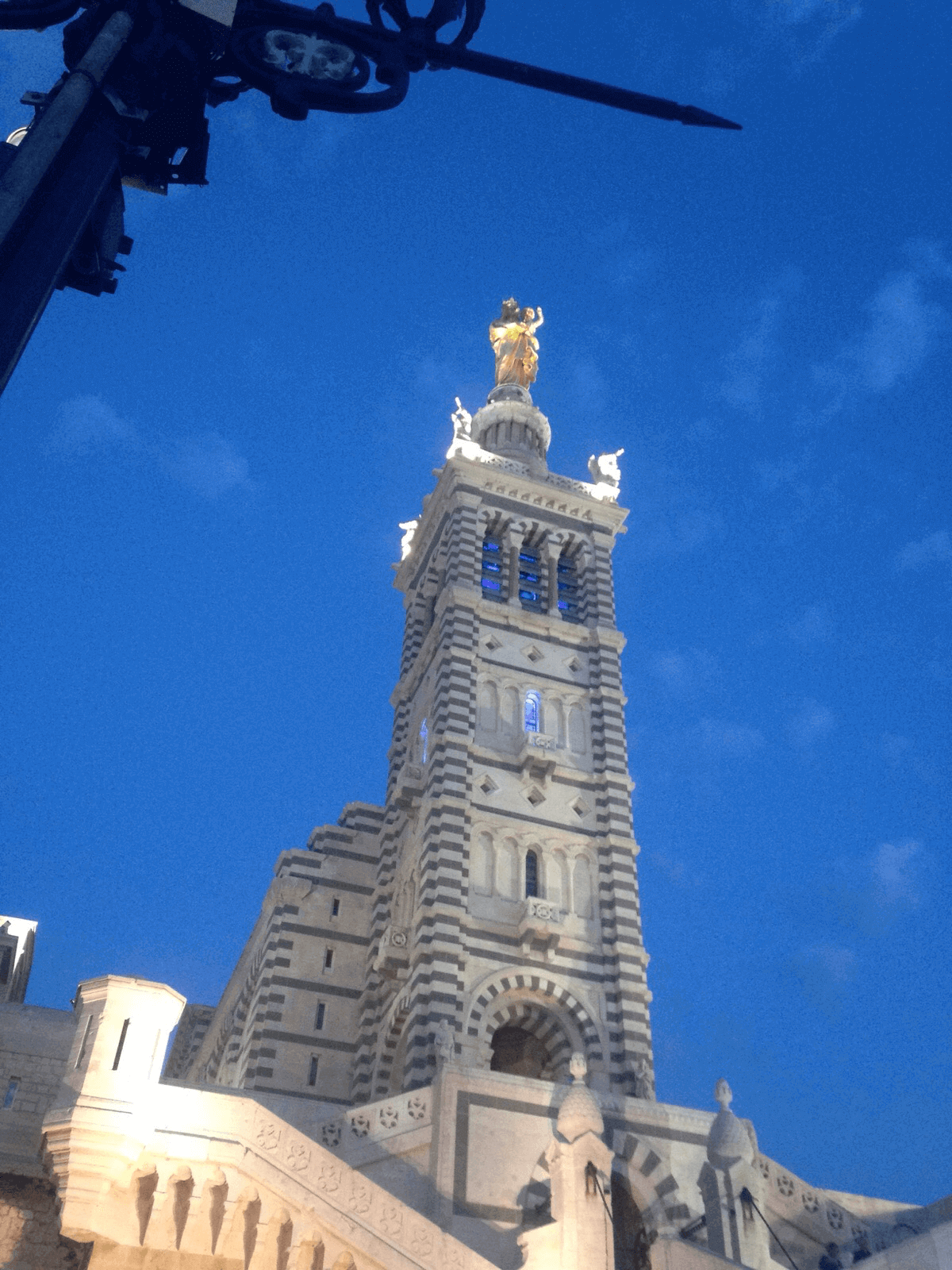
We chose to visit the church as the sun was setting, giving a spectacular view of the city and port below. There are many options to arrive at the church, but we decided to walk, which was a bit exhausting, but not too bad overall.
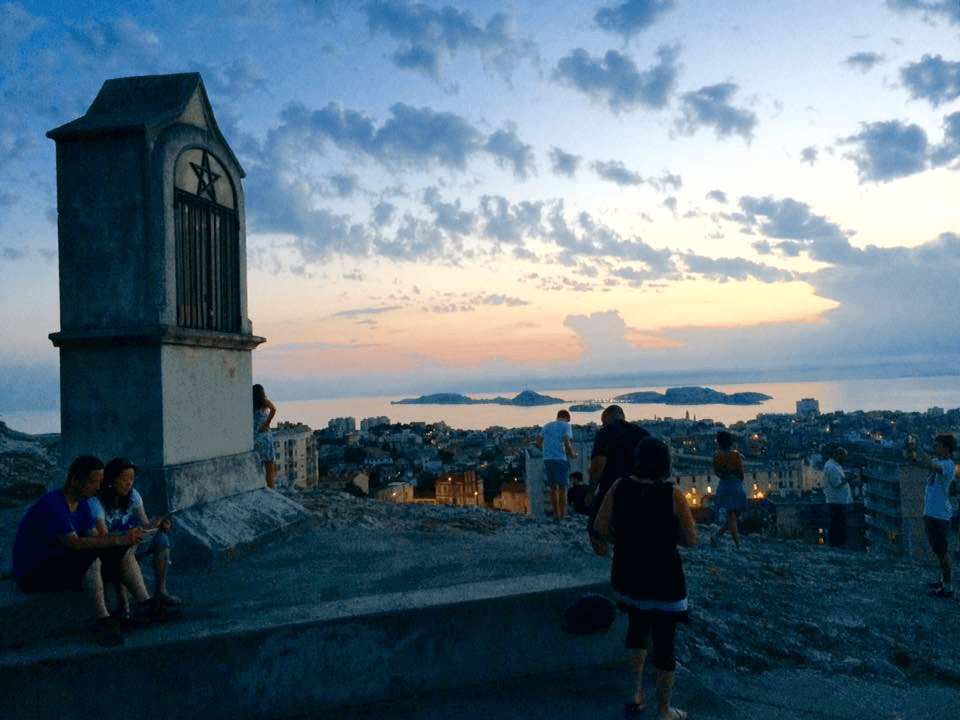
Initially, the main gates were closed, so we could not enter the inside, instead looking at the church from afar. We must have missed some important memo, however, because at some point a small group of people arrived and a priest opened the gates, letting us all into the lower exterior area by the church. There, they gave a short sermon (this was of course in French, we had no idea what was going on, but sat back silently and pretended we knew how we got there).
Then they invited all of us to continue the service inside the church. Unfortunately, we really weren’t prepared for this and didn’t wear the appropriate attire and therefore didn’t feel comfortable going inside.
I would definitely recommend to plan a bit better than we did and try to get inside the basilica, which went through an extensive restoration between 2001 and 2008. From the photos it looks really impressive and would love to have the chance to visit again!
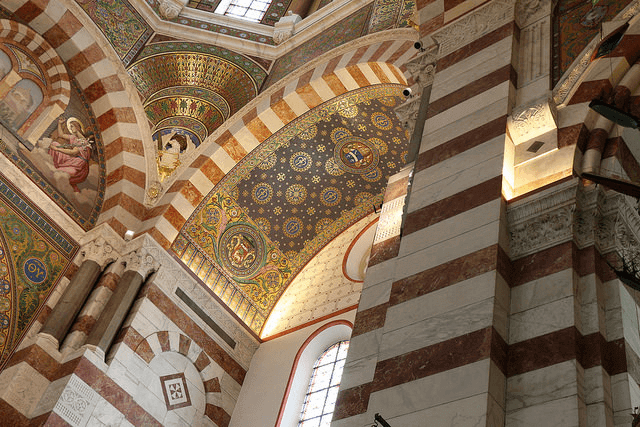
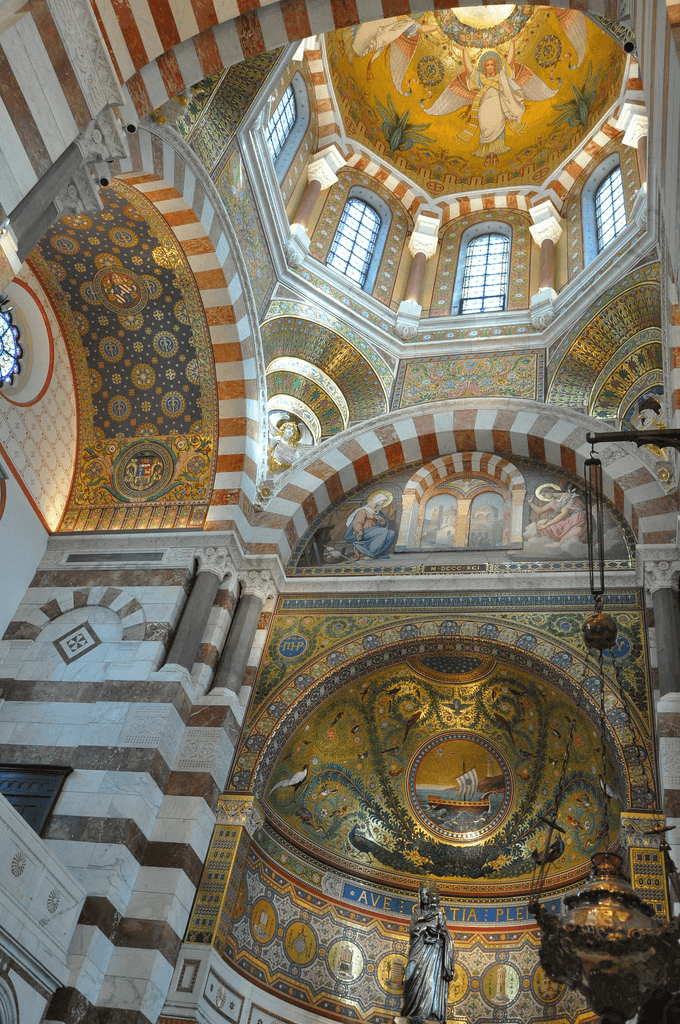
[Marseille Tourism], [Wikipedia]
Featured image taken from Paul Bica via Flickr.
